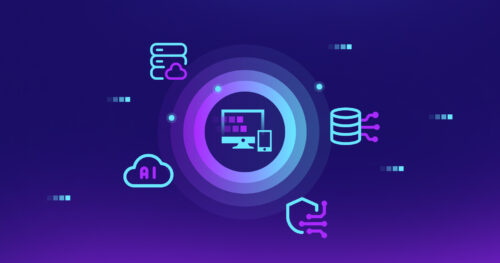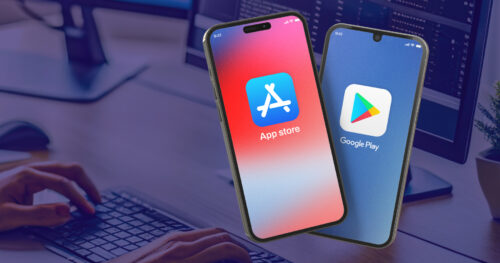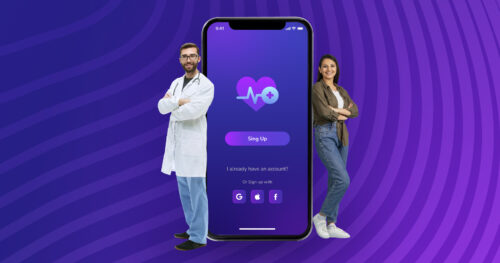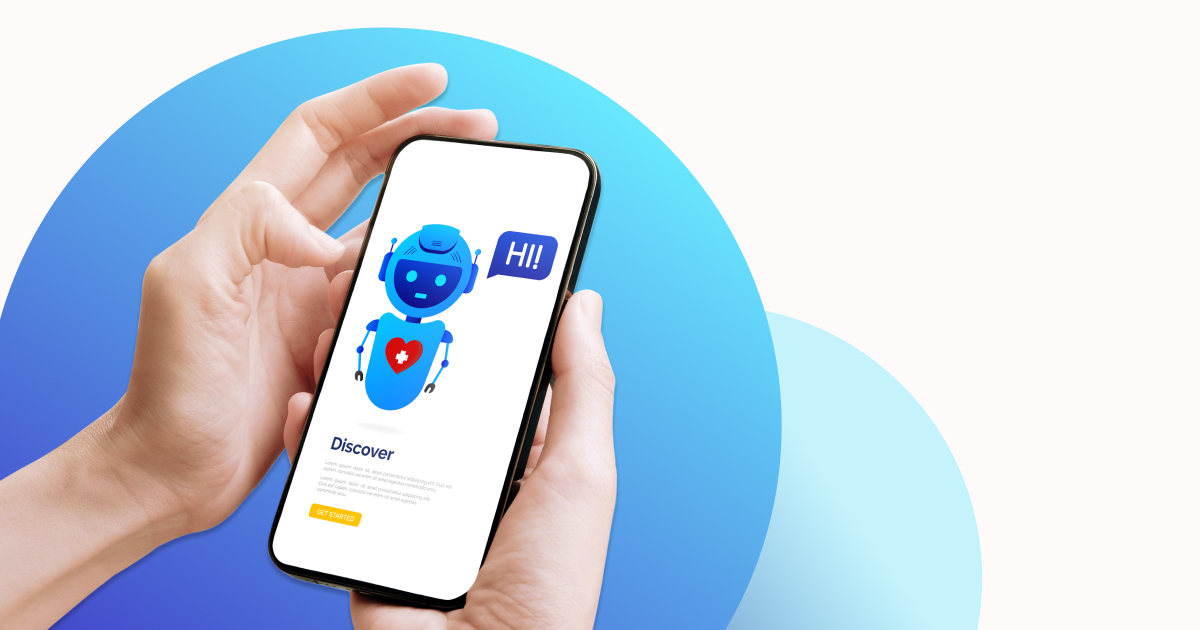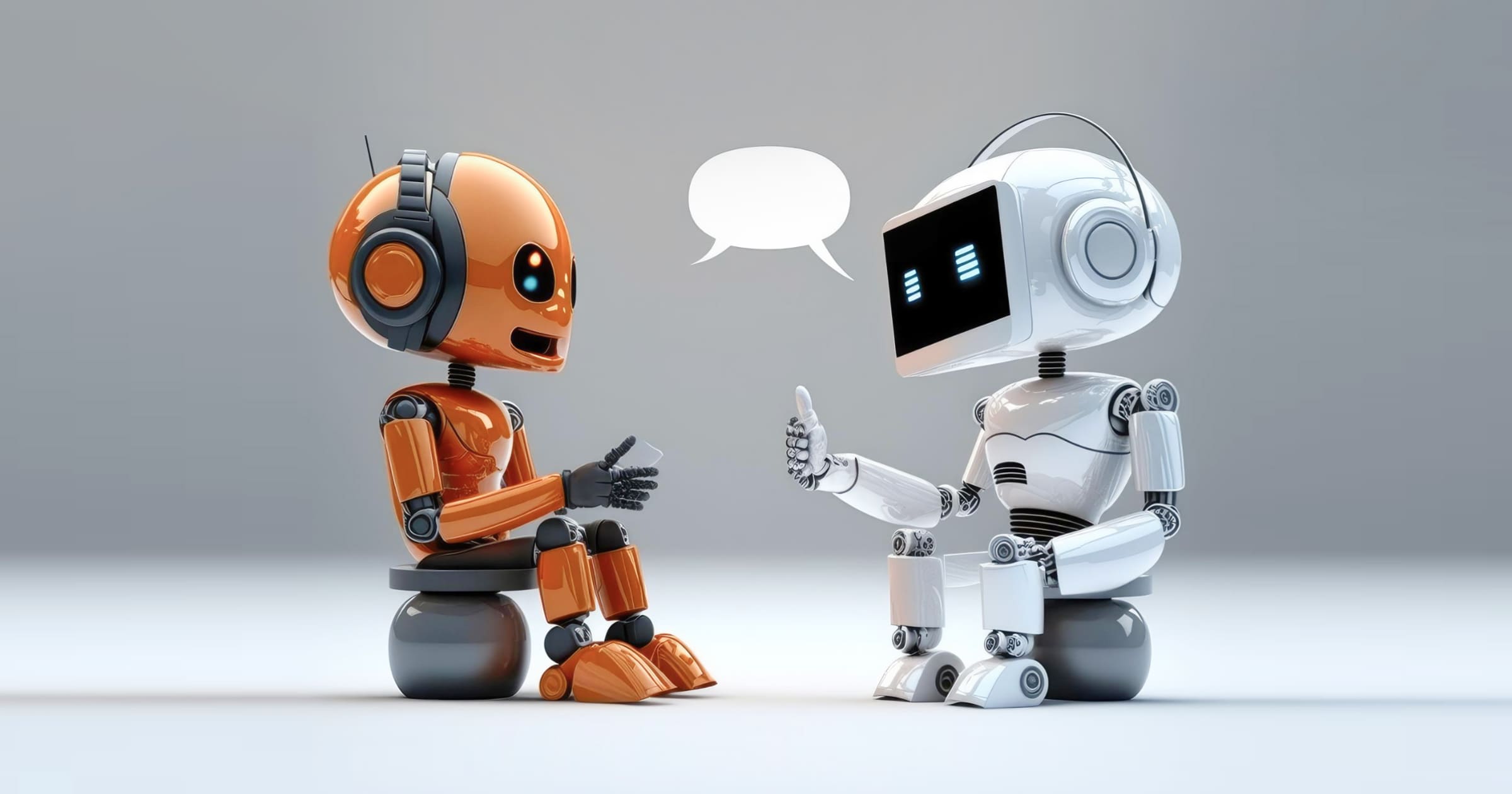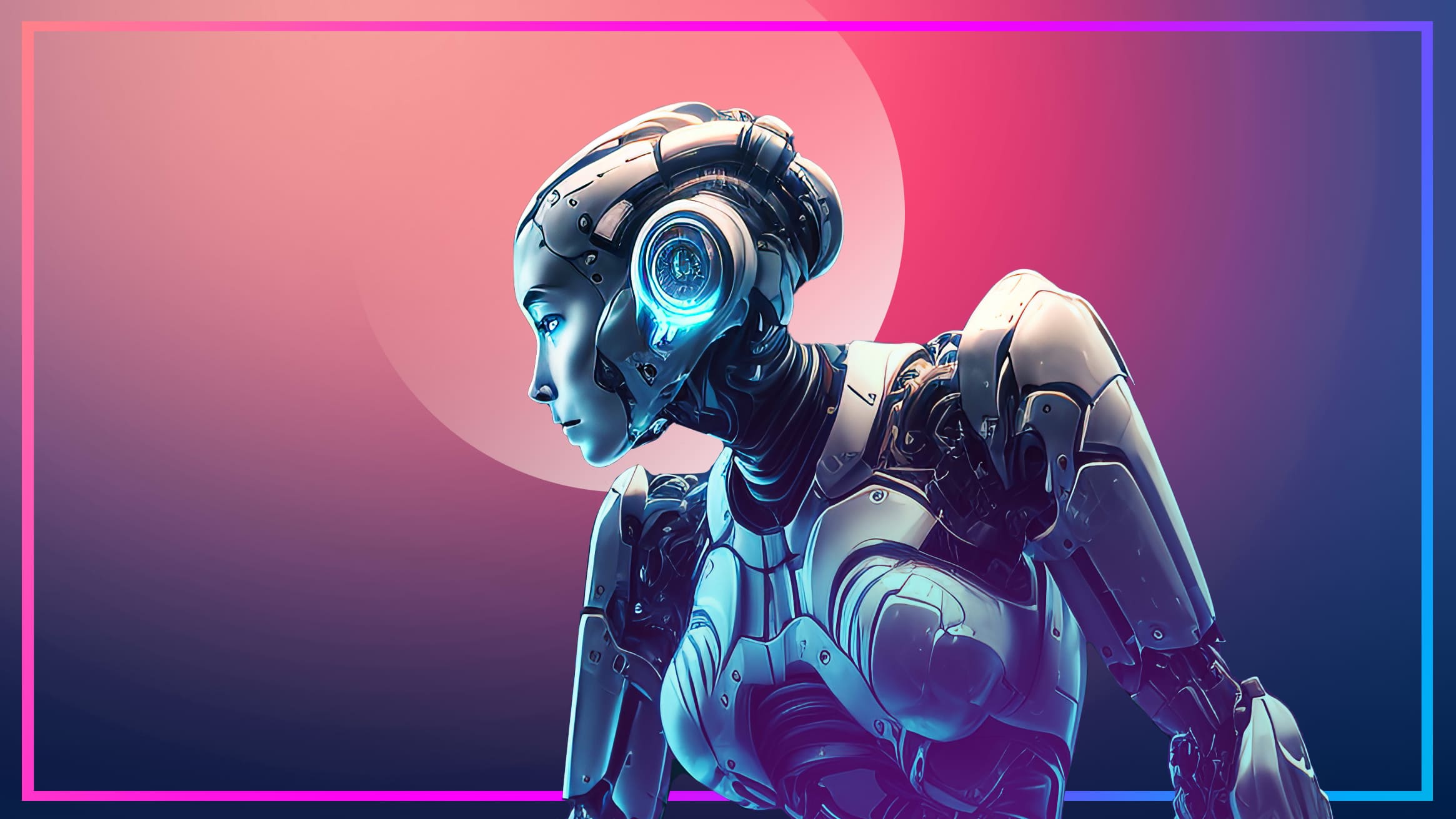Healthcare is a sophisticated industry in which investment and innovation are in constant demand. While some innovations can be expensive and take a long time, chatbots are an affordable and efficient tool. As smart assistants, they are available 24/7, friendly, consistent and capable of simplifying and speeding up things. As an example, doctors can avoid wasting valuable time on collecting data, and patients can check their health status reports immediately. DigitalMara offers some tips on the benefits of chatbots in healthcare apps and useful guidance for development.
Healthcare is a vital field where digital transformation is improving delivery of many services. The growth of digital health solutions is driven by the widespread distribution of mobile and wearable devices, an increase in chronic diseases, and a more conscious public attitude toward maintaining good health. Statista predicts constant growth in the mHealth market and expects it to reach a value of over $300 billion in 2025.
There are a vast number of software products, including mobile apps to support personal health and wellness. Since health is a sensitive domain, there are numerous requirements for all digital services related to it:
- They should provide easy access for all individuals.
- They should be safe and secure.
- They should be provided in a timely manner.
- They should provide seamless coordination and continuous support.
- They should be based on the best available scientific evidence.
Chatbots can often fulfill these requirements as the first contact point for primary care and ongoing health monitoring. They can offer round-the-clock support, personalized guidance, immediate medical advice and other useful information. They can easily collect information about age, gender, medical history, lifestyle choices, physical activity levels, and current health conditions. A person’s health history can be taken as many times as necessary to keep the data up to date.
Here’s a general outline of how a chatbot might conduct a primary health assessment:
| Step | Action |
|
Step 1 Introduction and context setting |
The chatbot starts the conversation, introducing itself and explaining its purposes. And then it sets the context for the health assessment. The chatbot also notifies users about the privacy and security of their medical information. |
|
Step 2 User identification |
The chatbot asks for basic information, such as the user’s name, age, gender, and also specific health concerns they want to address. |
|
Step 3 Body review and symptoms identification |
The chatbot systematically goes through various physical systems, asking questions related to each and identifying potential issues. Also, it asks about specific symptoms the user may be experiencing. It could present a list of common symptoms or ask open-ended questions about how the user is feeling. Questions about the severity and duration of symptoms are crucial for assessing the urgency of the situation and determining whether immediate medical attention is necessary. |
|
Step 4 Medical history |
The chatbot gathers information about the user’s medical history, including existing conditions, chronic diseases, past surgeries, and any medications they are currently taking. |
|
Step 5 Lifestyle and habits |
Questions are asked about the user’s lifestyle, habits, and daily routines: diet, exercise, sleep patterns, stress levels, and substance use. The chatbot may ask about the user’s living and working environment, as certain factors may impact health. |
|
Step 6 Recommendations and next steps |
Based on the information gathered, the chatbot can provide preliminary insights, general advice and other recommendations. And, if necessary, it can recommend which doctor to visit and which tests to take. |
With the development of Artificial Intelligence and Natural Language Processing technologies, chatbots are able to provide a multimodal conversational user experience, including text, voice, images and video. This, for example, is particularly beneficial for people with disabilities, offering them a more accessible and inclusive way to interact with healthcare apps. Their communication style is adaptable to diverse cultural, social, and demographic backgrounds, making responses appropriate and inclusive.
Chatbots provide clear and concise information in a structured format and can repeat it as many times as necessary to contribute to better understanding. Communication also gets better thanks to continuous improvement – collected data improves the capabilities and responsiveness of the bot. In addition, with a multilingual support option, one chatbot within one app can understand and respond in different languages, which increases the app’s availability.
Types of health apps and use cases for chatbots
The integration of chatbots into healthcare and insurance apps has transformed users’ interactions and how they receive services, making them more accessible and enhancing quality. There are many use cases for virtual health assistants.
- Health tracking apps (fitness & wellness, diet, habits, women’s health)
Chatbots can play a significant role in health tracking apps, performing a bunch of functions. They provide relevant and timely information on various health topics and preventive measures and personalized recommendations. Bots can help users create their own health plans, set goals for diet, fitness and other factors, and make better lifestyle choices. They are able to track the user’s metrics, such as daily nutrition, exercises, medication intake, symptoms and other important indicators, and send reminders to take certain actions. All in all, users get personal, friendly virtual health assistants capable of providing real benefits and simplifying the use of the application.
- Medical apps
Chatbots in medical apps contribute to enhanced patient engagement, streamlined healthcare processes, and more efficient communication between healthcare providers and patients. They can check in with users about their current symptoms and guide them to necessary resources, including treatments, medications and other useful info, and navigate them when they it appears they need medical attention. This helps in directing a person to the right level of care and facilitates remote patient monitoring.
Medical chatbots provide relief for busy offices with appointment procedures, helping users check available time slots and book appointments and afterwards sending reminders about upcoming visits. They also can send reminders to take prescribed medications and follow up patients during recovery. On the administrative side, chatbot can help to streamline workflows and allow healthcare staff to focus more on patient care. For example, they can be set up to retrieve patient records, update contact information, automate prescription refills, and search for relevant information.
- Insurance apps
Insurance apps also request information to evaluate users’ health status and risk factors. These assessments may be used to determine the appropriate coverage and premiums for customers, taking into account their potential health risks. Collected data also can be used to provide personalized health recommendations and encourage users to adopt healthier habits.
- Mental health apps
In the realm of mental health, chatbots can provide immediate emotional support, cognitive behavioral therapy (CBT) techniques and psychoeducation. They can also help users track their moods on a regular basis and engage in self-care activities to manage their mental health more effectively. The result is empathetic and nonjudgmental conversations.
Tips on developing a chatbot for healthcare purposes
Healthcare is a complex domain, and collaboration with healthcare experts is essential to ensure the accuracy and relevance of the medical content your app presents. Your basic data set should include a range of symptoms, conditions, potential user responses and other relevant medical information. The chatbot’s Natural Language Processing model should be trained with healthcare-specific terminology to accurately understand and respond to users’ queries. It’s necessary to update your database regularly with the latest medical knowledge or new guidelines and in response to user feedback. It’s crucial to maintain the chatbot as accurate, evidence-based, and efficient.
As the chatbot is dealing with sensitive personal and medical information, it must comply with security standards and follow robust security measures, including HIPAA (the Health Insurance Portability and Accountability Act) and other relevant standards, data encryption in transit and at rest, authentication and authorization. This also refers to third-party services and APIs used in applications.
Design a user-friendly conversation flow and create conversational scripts for various healthcare scenarios. The more scenarios there are, the more efficient the work of the chatbot is. It’s better if the chatbot can handle both structured and unstructured queries effectively. And if you want to cover a diverse population, add multilingual support so that users can interact in their preferred language.
Healthcare apps are not a substitute for emergency medical care, and users should clearly understand the scope of services. During the first contact, a chatbot should indicate its capabilities and limitations, and provide instructions on seeking immediate medical help when necessary.
It has become much easier in recent years to create your own chatbot. And, it’s not necessary to build your own model from scratch; there are a lot of tools available in the market to help. For example, IBM’s Watsonx Assistant offers leading Natural Language Processing and integration capabilities, prebuilt templates and a drag-and-drop interface. to create virtual assistants for healthcare. ChatGPT allows you to create custom chatbots, known as GPTs, for more specific areas and tasks, including healthcare. Here you need to give a detailed description of your bot’s purposes and workflow. Chatbots created in both ways can be integrated with your databases and third-party services, as well as embedded into your software — websites and mobile apps.
Summary
The DigitalMara team has vast experience in developing chatbots for the web, mobile apps and messaging platforms. We use a modern tech stack, including Python, with frameworks such as Flask or Django, Node.js with Express.js, and Java with frameworks like Spring Boot. However, if the project requires, we also can work with various no-code and low-code builders. If you want to make your chatbot intelligent, we know how to do it with Artificial Intelligence and Natural Language Processing technologies.














